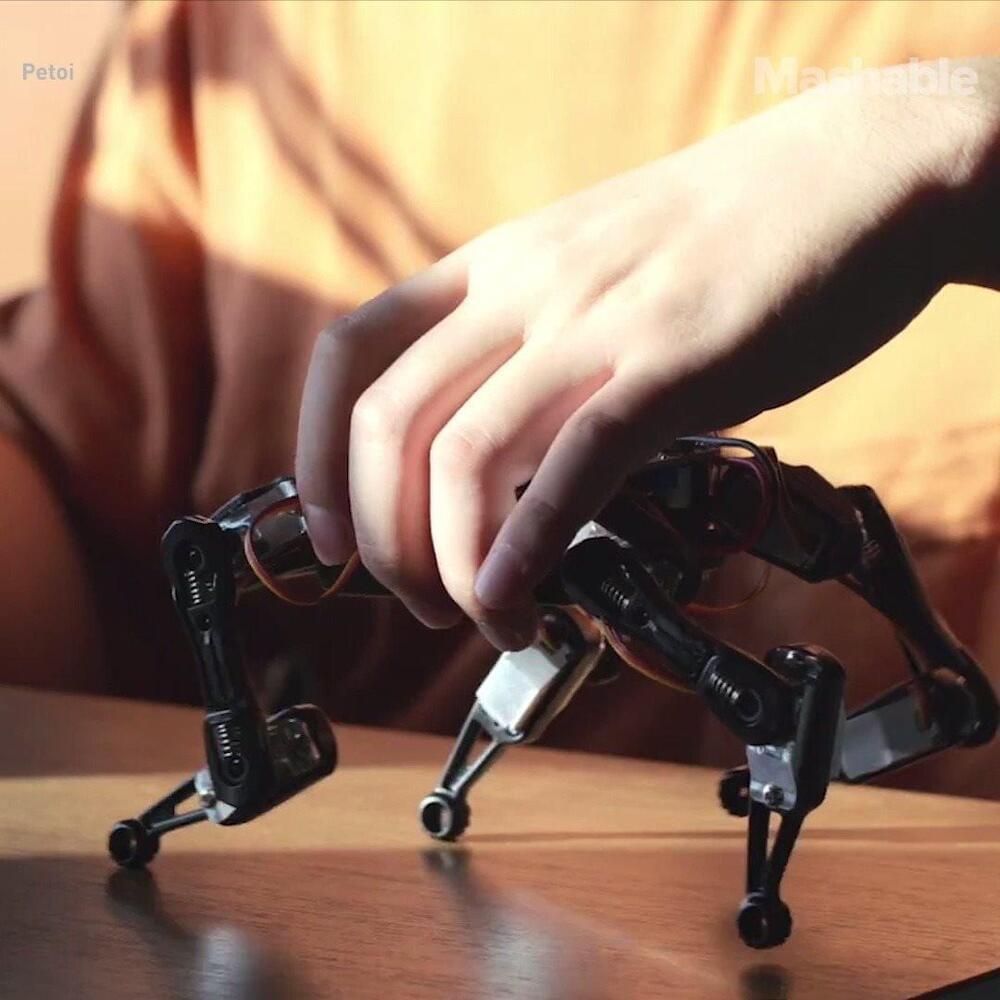
Category: robotics/AI – Page 1,646

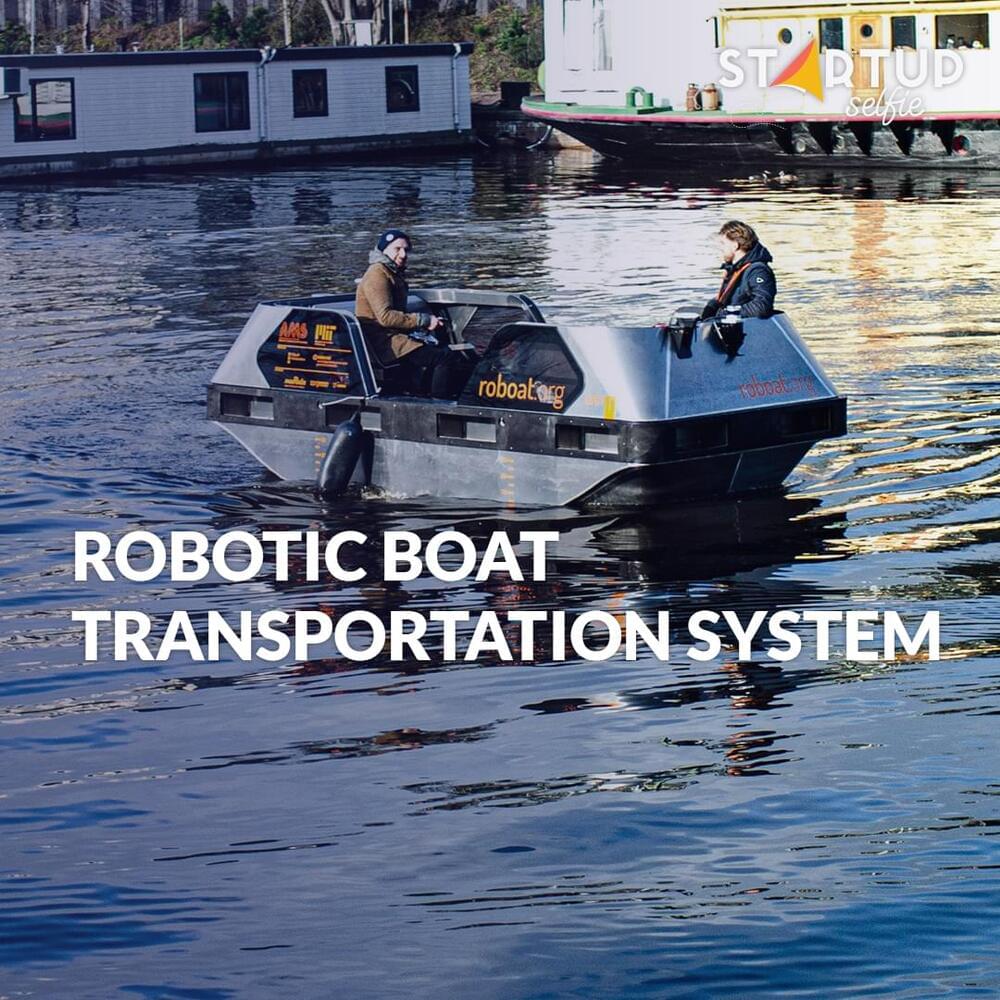


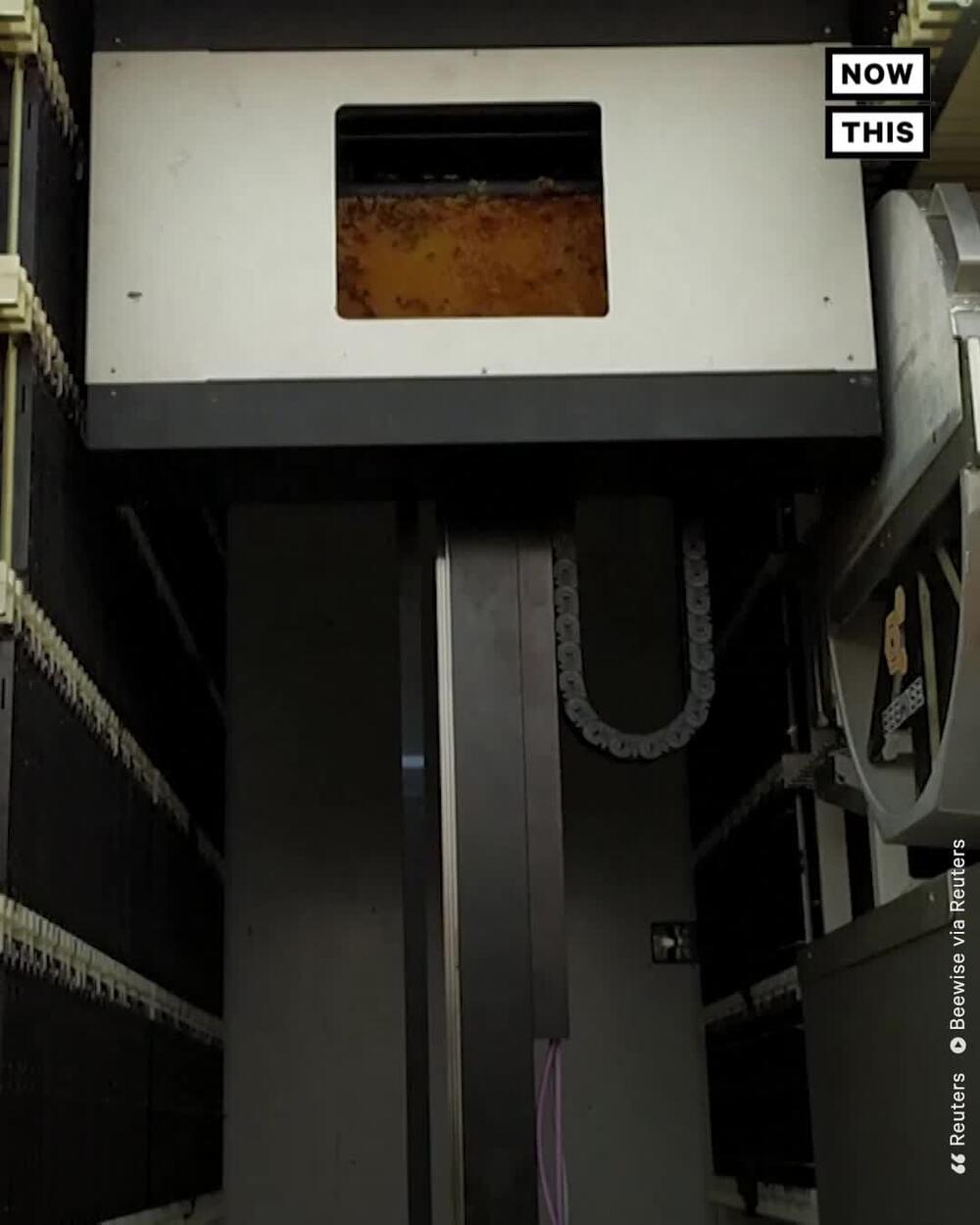

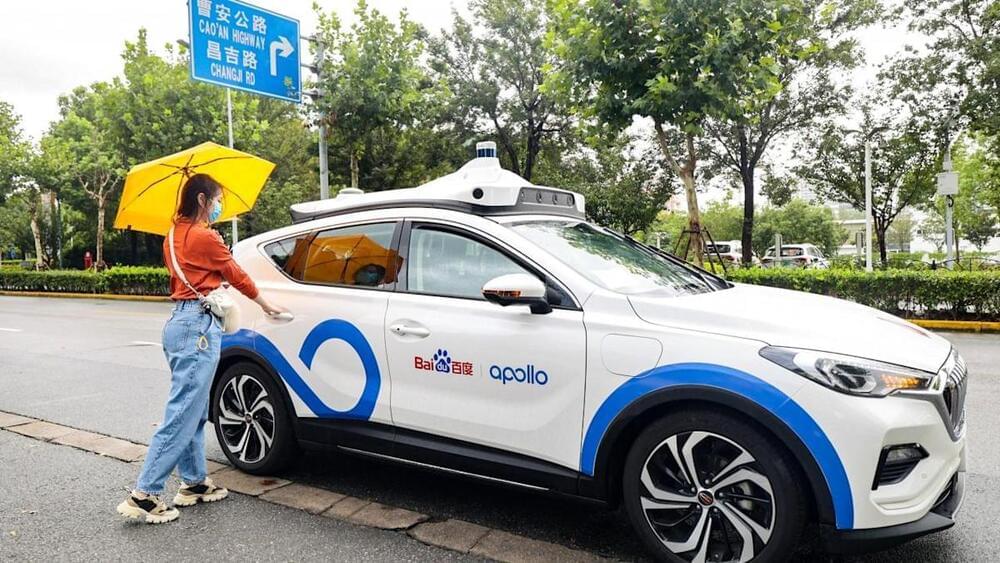
Baidu, Pony AI granted China’s first licences to charge passengers for self-driving taxis in Beijing
Two operators including Chinese internet search giant Baidu have been given the green light to start charging passengers to use their autonomous taxis in Beijing.
Baidu and Pony AI became the first companies to be granted licences by mainland Chinese authorities to launch their driverless cab services commercially following successful trial periods.
On Thursday, the Beijing High-level Automated Driving Demonstration Area gave permission for Baidu and Pony AI to charge fees for their so-called robotaxis in a designated area of the capital covering 60 square kilometres.
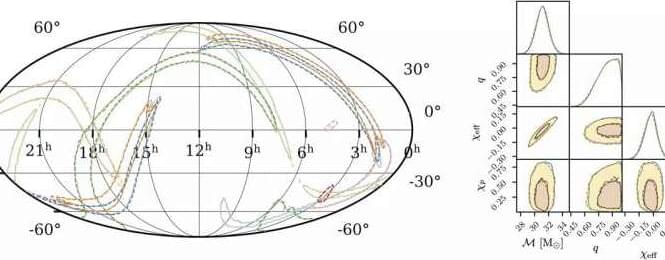
Neural network analyzes gravitational waves in real time
Black holes are one of the greatest mysteries of the universe—for example, a black hole with the mass of our sun has a radius of only 3 kilometers. Black holes in orbit around each other emit gravitational radiation—oscillations of space and time predicted by Albert Einstein in 1916. This causes the orbit to become faster and tighter, and eventually, the black holes merge in a final burst of radiation. These gravitational waves propagate through the universe at the speed of light, and are detected by observatories in the U.S. (LIGO) and Italy (Virgo). Scientists compare the data collected by the observatories against theoretical predictions to estimate the properties of the source, including how large the black holes are and how fast they are spinning. Currently, this procedure takes at least hours, often months.
An interdisciplinary team of researchers from the Max Planck Institute for Intelligent Systems (MPI-IS) in Tübingen and the Max Planck Institute for Gravitational Physics (Albert Einstein Institute/AEI) in Potsdam is using state-of-the-art machine learning methods to speed up this process. They developed an algorithm using a deep neural network, a complex computer code built from a sequence of simpler operations, inspired by the human brain. Within seconds, the system infers all properties of the binary black-hole source. Their research results are published today in Physical Review Letters.
“Our method can make very accurate statements in a few seconds about how big and massive the two black holes were that generated the gravitational waves when they merged. How fast do the black holes rotate, how far away are they from Earth and from which direction is the gravitational wave coming? We can deduce all this from the observed data and even make statements about the accuracy of this calculation,” explains Maximilian Dax, first author of the study Real-Time Gravitational Wave Science with Neural Posterior Estimation and Ph.D. student in the Empirical Inference Department at MPI-IS.

AI models microprocessor performance in real-time
Computer engineers at Duke University have developed a new AI method for accurately predicting the power consumption of any type of computer processor more than a trillion times per second while barely using any computational power itself. Dubbed APOLLO, the technique has been validated on real-world, high-performance microprocessors and could help improve the efficiency and inform the development of new microprocessors.
The approach is detailed in a paper published at MICRO-54: 54th Annual IEEE/ACM International Symposium on Microarchitecture, one of the top-tier conferences in computer architecture, where it was selected the conference’s best publication.
“This is an intensively studied problem that has traditionally relied on extra circuitry to address,” said Zhiyao Xie, first author of the paper and a Ph.D. candidate in the laboratory of Yiran Chen, professor of electrical and computer engineering at Duke. “But our approach runs directly on the microprocessor in the background, which opens many new opportunities. I think that’s why people are excited about it.”

Community of ethical hackers needed to prevent AI’s looming ‘crisis of trust’, experts argue
The Artificial Intelligence industry should create a global community of hackers and “threat modelers” dedicated to stress-testing the harm potential of new AI products in order to earn the trust of governments and the public before it’s too late.
This is one of the recommendations made by an international team of risk and machine-learning experts, led by researchers at the University of Cambridge’s Center for the Study of Existential Risk (CSER), who have authored a new “call to action” published today in the journal Science.
They say that companies building intelligent technologies should harness techniques such as “red team” hacking, audit trails and “bias bounties”—paying out rewards for revealing ethical flaws—to prove their integrity before releasing AI for use on the wider public.